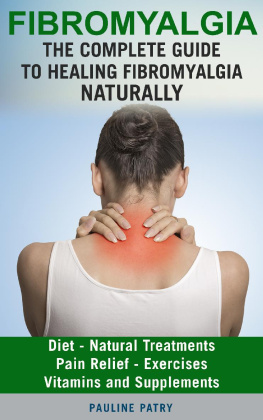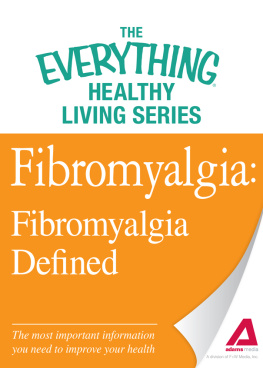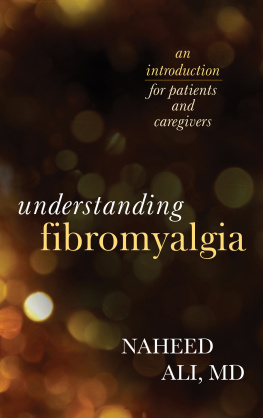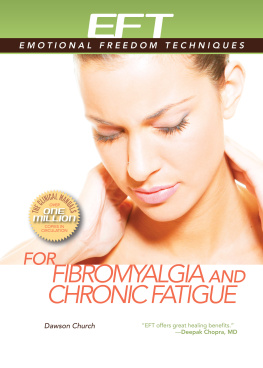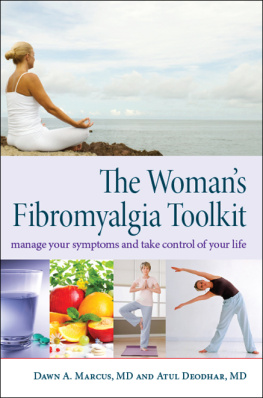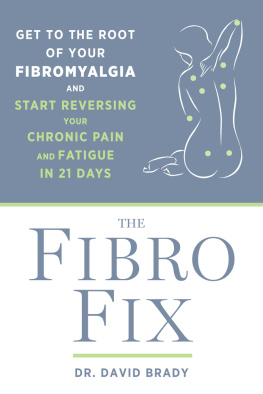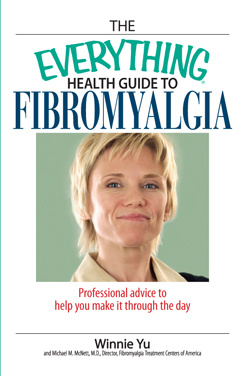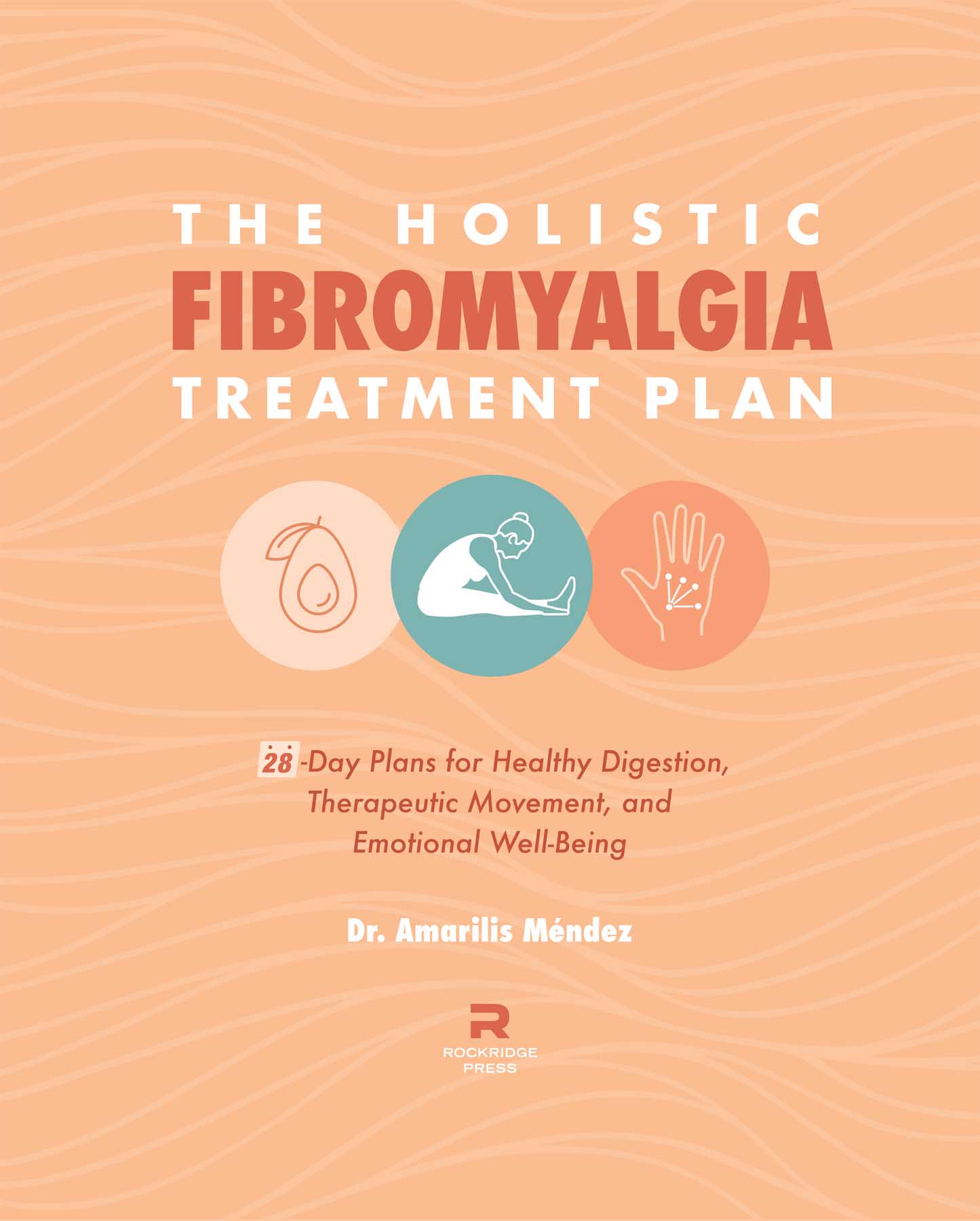
Copyright 2020 by Rockridge Press, Emeryville, California
No part of this publication may be reproduced, stored in a retrieval system or transmitted in any form or by any means, electronic, mechanical, photocopying, recording, scanning or otherwise, except as permitted under Sections 107 or 108 of the 1976 United States Copyright Act, without the prior written permission of the Publisher. Requests to the Publisher for permission should be addressed to the Permissions Department, Rockridge Press, 6005 Shellmound Street, Suite 175, Emeryville, CA 94608.
Limit of Liability/Disclaimer of Warranty: The Publisher and the author make no representations or warranties with respect to the accuracy or completeness of the contents of this work and specifically disclaim all warranties, including without limitation warranties of fitness for a particular purpose. No warranty may be created or extended by sales or promotional materials. The advice and strategies contained herein may not be suitable for every situation. This work is sold with the understanding that the Publisher is not engaged in rendering medical, legal, or other professional advice or services. If professional assistance is required, the services of a competent professional person should be sought. Neither the Publisher nor the author shall be liable for damages arising herefrom. The fact that an individual, organization, or website is referred to in this work as a citation and/or potential source of further information does not mean that the author or the Publisher endorses the information the individual, organization, or website may provide or recommendations they/it may make. Further, readers should be aware that websites listed in this work may have changed or disappeared between when this work was written and when it is read.
For general information on our other products and services or to obtain technical support, please contact our Customer Care Department within the United States at (866) 744-2665, or outside the United States at (510) 253-0500.
Rockridge Press publishes its books in a variety of electronic and print formats. Some content that appears in print may not be available in electronic books, and vice versa.
TRADEMARKS: Rockridge Press and the Rockridge Press logo are trademarks or registered trademarks of Callisto Media Inc. and/or its affiliates, in the United States and other countries, and may not be used without written permission. All other trademarks are the property of their respective owners. Rockridge Press is not associated with any product or vendor mentioned in this book.
Interior and Designer: Gabe Nansen
Art Producer: Janice Ackerman
Editors: Clara Song Lee, Andrea Leptinsky
Production Editor: Ashley Polikoff
Custom Illustration: 2020 Remie Geoffroi: Illustration: left icon: Kilroy79/istock
photo courtesy of Revolver Photography
ISBN: Print 978-1-64739-503-2 | eBook 978-1-64739-328-1
R0
To everyone who feels, or has felt, hopeless due to a chronic mental or physical condition, never lose hope and never give up. Your breakthrough may be just beyond your point of greatest despair.
CONTENTS
I was a college student when it started to feel like everything was falling apart. I had suffered from insomnia and migraines since I was thirteen, and I had learned to grit my teeth and get through various forms of chronic pain. Now in my early twenties, I was studying biology and working two jobs to support myself, and everything about my life was overwhelming. I developed chronic anxiety. By my sophomore year, my pain had become so widespread that at times I could barely function. I finally sought medical help and immediately hit an obstacle: doctors couldnt explain what was wrong with me.
I kept returning to doctors and going to the emergency room and getting the same non-answers. Doctors ran tests on me that came back normal, and they started to question my sanity. Even I did. Medical professionals told me I couldnt have those symptoms I was describing. They would ask me if maybe it was just stress or if I needed to see a psychiatrist.
Doctors gave me narcotics to ease the pain, and at night I needed sleep meds but nothing really made me feel normal. They couldnt tell me why I had so much pain, but they were willing to keep writing prescriptionsI felt like I was being experimented on, and I wanted nothing to do with it anymore.
After almost seven frustrating years, I finally got a diagnosis: I had fibromyalgia. Id been dismissed as a crazy person and a hypochondriac, and it was cathartic to have someone acknowledge at last that the pain wasnt all in my head and that something real was wrong with me. Still, the answer didnt give me much hope. I believed fibromyalgia was a condition with no cure. I learned that the known treatments might not work, and I saw a list of drugs with horrible side effects. There was a possibility that I wouldnt be able to work and support myself. One doctor told me I probably wouldnt get better and that I might have to apply for disability. Sometimes I would go through my days feeling like a zombie.
But I was determined to find another way to live the rest of my life. Although my original plan was to become a medical examiner, I decided to study natural medicine in hopes that I could learn something that would help me. Over several years, I was able to use what I learned to heal my own body. And working as a naturopath, I have helped others overcome or prevent chronic illness.
I have developed this guide for readers who are ready to be proactive about their healing process but dont know where to begin.
In this book you will find:
Practical four-week plans to help you improve rest, emotional health, digestion, and physical movement.
Easy recipes that require few ingredients and minimal preparation time.
Natural remedies for common symptoms experienced by people with fibromyalgia.
Ways to manage a health-conscious lifestyle with limited income and resources.
After being diagnosed with this condition, the first step is to gain an understanding of what the condition is, what causes it, and what can be done to find relief. Sometimes the medical jargon can be overwhelming and difficult to understand. Fortunately, with a thorough understanding of the basics, you will be equipped to begin your journey to relief. This chapter will go over what is currently known about fibromyalgia.

BIG-PICTURE BASICS
People with fibromyalgia experience widespread musculoskeletal pain, fatigue, sleep disturbances, and problems with their memory and moods; they might experience symptoms like fibro fog, which makes it hard to focus. Fibromyalgia is a common, chronic widespread pain disorder, and according to an analysis of the 2012 National Health Interview Survey, nearly four million people in the United States have the condition. Researchers now believe that it may stem from a disruption in the brains ability to process pain, which makes the body much more sensitive not only to pain but also to other sensory experiences like touch, temperature, and sound. In a scientific article published in Mayo Clinic Proceedings , several members of the Fibro-Collaborativea group of experts on the conditionwrote that it was as if fibromyalgia turned up the volume on pain signals.
Women are much more likely to have this condition than men, and the average age range at the time of diagnosis is 35 to 45. However, many people say theyve had symptoms, including chronic pain, that started long before they received their diagnosis. The condition may develop suddenly after a stressful or traumatic event or injury, or the symptoms may appear gradually and become more severe as time goes by.
Next page

